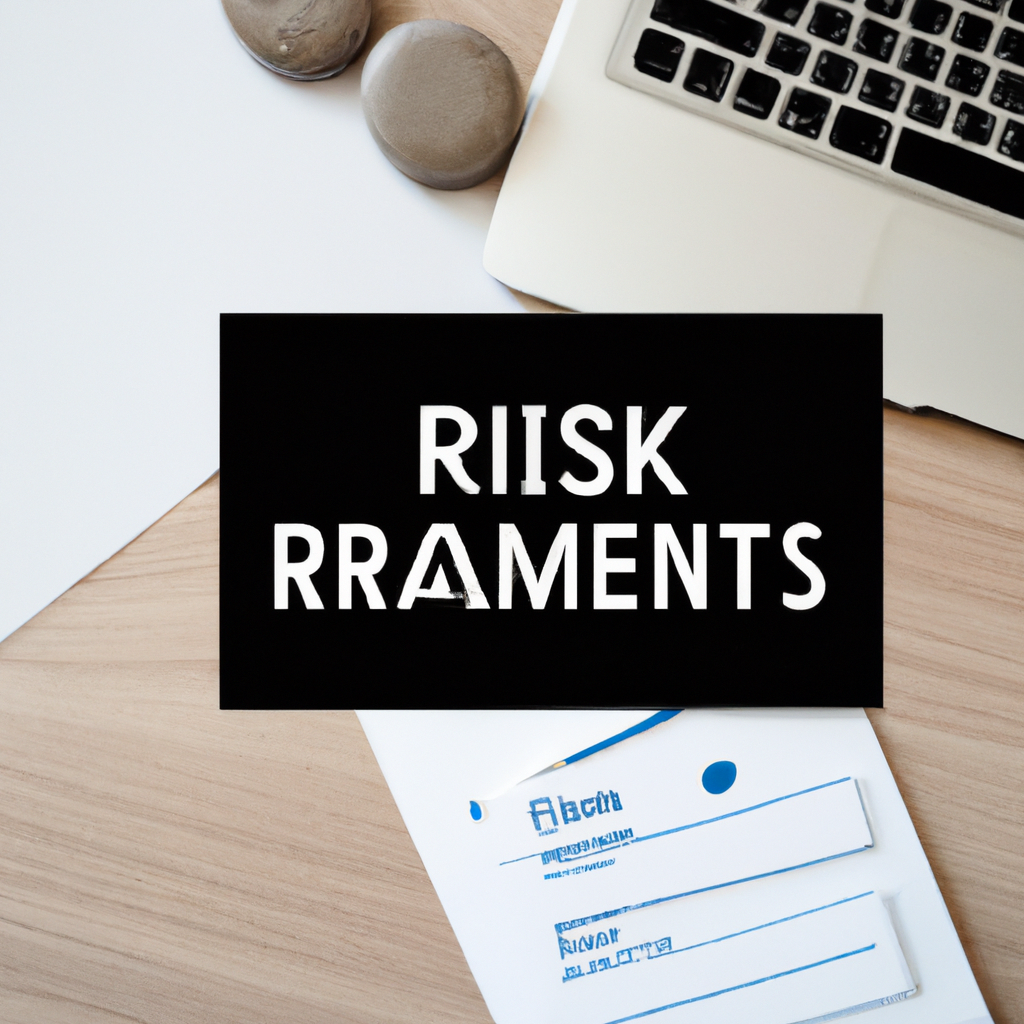
Brokers with Integrated Risk Management Features
What are Integrated Risk Management Features?
Integrated risk management features are tools and strategies that help brokers manage and mitigate risks associated with trading and investing. These features are typically built into trading platforms and software, allowing brokers to monitor and analyze potential risks in real-time.
Benefits of Integrated Risk Management Features
There are several benefits to using brokers with integrated risk management features, including:
1. Improved Risk Assessment
By using integrated risk management features, brokers can better assess the potential risks associated with their trades and investments. This allows them to make more informed decisions and reduce the likelihood of incurring losses.
2. Real-Time Monitoring
Integrated risk management features provide brokers with real-time monitoring of their positions and portfolios. This allows them to quickly identify and address any potential risks before they escalate.
3. Automation of Risk Mitigation Strategies
Many brokers with integrated risk management features offer automation of risk mitigation strategies, such as stop-loss orders and position sizing. This helps brokers manage their risks more effectively and efficiently.
Top Brokers with Integrated Risk Management Features
There are several brokers that offer integrated risk management features to their clients. Some of the top brokers in this category include:
1. Interactive Brokers
Interactive Brokers is known for its robust risk management tools, including risk analytics, margin calculators, and risk monitoring features. These tools help brokers identify and manage potential risks in their portfolios.
2. TD Ameritrade
TD Ameritrade offers risk management tools such as risk assessment calculators, stop-loss orders, and portfolio analysis tools. These features help brokers stay on top of their risk exposure and make informed decisions.
3. E*TRADE
E*TRADE provides brokers with risk management features such as risk tolerance assessments, risk alerts, and risk analysis tools. These tools help brokers navigate the complexities of the market and make smarter trading decisions.
Conclusion
Brokers with integrated risk management features offer a valuable advantage to traders and investors by providing them with the tools and strategies needed to manage their risks effectively. By utilizing these features, brokers can minimize their exposure to potential losses and make more informed trading decisions.






